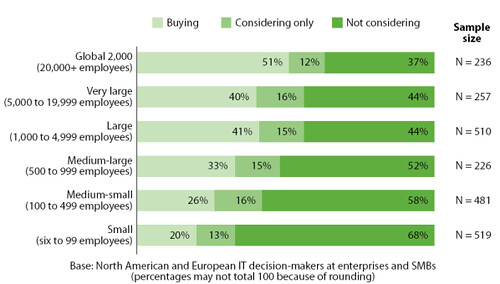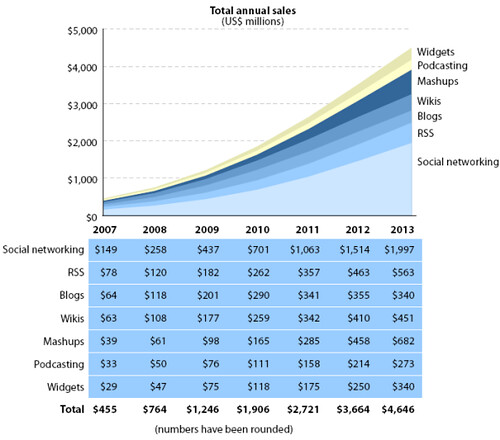Growing the format by reining it in.
The Internet Advertising Bureau (IAB)
The guidelines do not prevent new online video ad formats from developing in the future, but they may cut down on proliferation of forms, which can frustrate consumers and make the business of selling ads more difficult.
Need data for presentations? eMarketer subscribers can download charts instantly — over 50,000 choices.
Learn About an eMarketer Subscription
eMarketer predicts that spending on online rich media and video ads will account for nearly one-fifth of all online ad spending by 2012, up from 9.7% of all online ad spending in 2007.

"Video ads command higher prices than static display advertising," said David Hallerman, senior analyst at eMarketer. "That both boosts overall ad spending and draws in more dollars from traditional brand marketers, who have been reluctant to commit much of their ad budgets to the Internet."
Ongoing experiments with video ad formats and a lack of standards have, in part, kept the online video ad market from even stronger revenue growth.
Other hurdles have included limited high-quality video content to attract big advertisers and unresolved issues such as traffic measurement, which will be needed to gain the trust of the most deep-pocketed marketers.
As those problems are solved, spending will increase. eMarketer predicts that US online rich media and video ad spending will total more than $9.4 billion in 2012, which is more than four times as much as the 2007 spending level.

For its part, the IAB said that the guidelines and best practices address the most widely used current in-stream ad products, including linear video ads, non-linear video ads and companion ads.
"Digital video has matured beyond the experimentation stage, and continues to be one of the most exciting platforms within the interactive landscape," said Randall Rothenberg, CEO of the IAB. "The creation of these formats and guidelines will allow digital video to continue to flourish on two levels—creativity and marketplace efficiency."
The IAB said that the guidelines attempt to simplify digital video ad buying across multiple sites with minimum common ad specifications for video, overlay and companion ads. As with standardized ad formats in other media, they are designed to make operations more efficient through a common set of creative submission guidelines.
"In general, the attempt by the online ad industry to create standards and guidelines is most often a good thing," Mr. Hallerman said.
Jeremy Fain, senior director of industry services at the IAB, told eMarketer that the standards were designed to make it easier to buy online video ads on a mass scale.
"The guidelines take out the friction, gather the most widespread formats and make it easier for large agencies to buy across larger audiences online—making digital video a serious portion of their online plan."
He said that designers would still have plenty of room to create.
"All of our guidelines are minimum standards so as to not stifle innovation."
Learn how the online video ad market is developing in Western Europe. Read eMarketer's Online Video Advertising: Focus on the UK, France and Germany





















 If you haven't already
If you haven't already 




